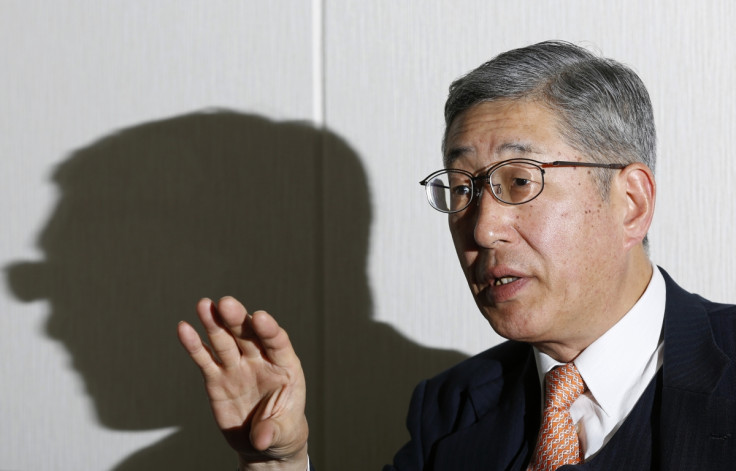Japan Revamps GPIF - World's Largest Pension Fund

Japan has revamped its Government Pension Investment Fund (GPIF) - the largest pension fund in the world - allowing it to invest more in riskier assets and reducing its long reliance on low-yielding government bonds.
Japan's GPIF boasts assets under management of $1.26tn (£750bn, €912bn).
The government has reshuffled the GPIF Investment Committee and reduced the number of members to eight from 10 as part of the restructuring. Two members retained their seats, while a former member was brought back to the panel.
The new committee is entrusted with the responsibility of allocating the fund's investments over the coming months.
Health Minister Norihisa Tamura, who appoints the GPIF Investment Committee members, said the new investment advisors will take into account the country's economic development while deciding on investment options and effectively manage risks.
The new panel reflects a balance of academics and economists. It includes Sadayuki Horie, senior researcher at Nomura Research Institute; Isao Sugaya of the JTUC Research Institute for Advancement of Living Standards, a think tank of Japan's top labour federation; and Yasuhiro Yonezawa, a professor of Waseda University's graduate school of finance.
Other members are: Junko Shimizu, a professor of international finance at Gakushuin University in Tokyo; Yoko Takeda, chief economist at Mitsubishi Research Institute Inc; Setsuya Sato, a professor in the English communications department at Toyo University; Hiromichi Oono, a board member at Ajinomoto Co. and Kimikazu Noumi, president and chief executive officer at Innovation Network Corporation of Japan.
The reform in the pension fund was part of Prime Minister Shinzo Abe's strategy for the Japanese economy. It is part of his "third arrow" of reforms.
He is of the view that mobilising the huge asset base of the pension fund would help move Japan out of deflation, which has lasted for more than a decade.
Analysts have been suggesting pumping the fund's money into property, commodity futures and other non-traditional areas. The GPIF, which employs less than 80 people, is run almost on autopilot and has invested largely in government bonds issued by Japan's finance ministry.
The fund had earlier cut its target holding for local government bonds to 60% from 67% while the proportion of foreign and local shares was raised to 12% each, from 9% and 11% respectively. It would also invest 11% of its funds in foreign bonds and 5% in short-term assets.
The shift toward higher-yielding assets comes as the manager tries to give more returns to fund retirements in the world's oldest population. The fund returned 3.3% in the three quarters though December. While Japanese bonds returned 1.48% and local stocks gave a 1.63% profit, foreign bonds and stocks returned 10.3%.
© Copyright IBTimes 2025. All rights reserved.






















